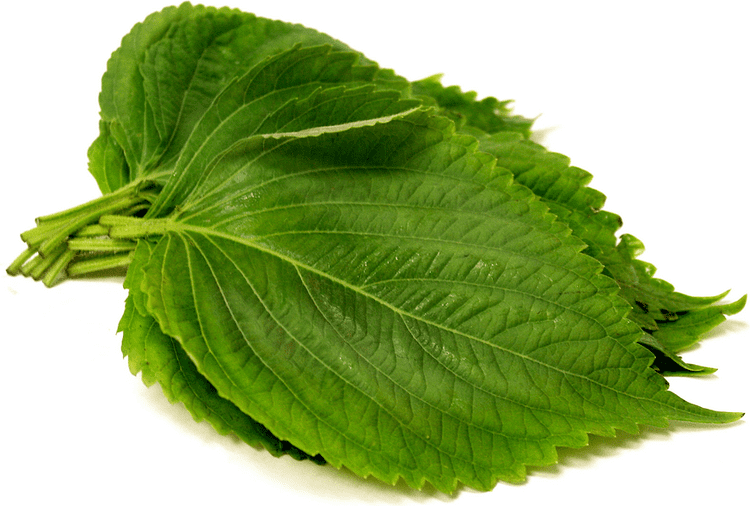 | ||
Similar Chervil, Borage, Ssamjang, Gochu‑jang, Daikon | ||
Dileep perilla rajyathe video song from body guard 1st on net
Perilla is a herb of the mint family, Lamiaceae. Though known to several cultures by different names, the disparate varieties are now classified under the single species Perilla frutescens. The plant overall resembles the stinging nettle, though the leaves are somewhat rounder.
Contents
- Dileep perilla rajyathe video song from body guard 1st on net
- Perilla vs warchiwar hou yi vs nemesis el cara a cara
- Culinary overview
- Cultivation
- Chemistry
- Nutritional value
- References

Perilla vs warchiwar hou yi vs nemesis el cara a cara
Culinary overview
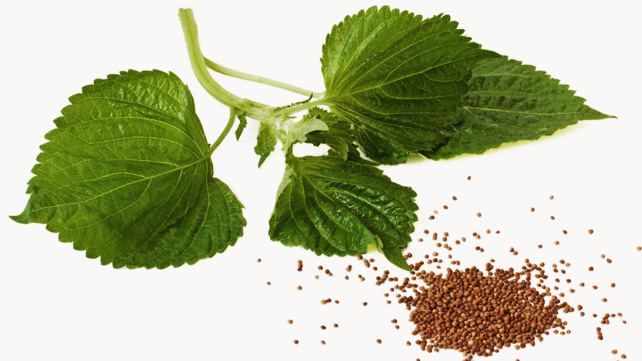
Korean cuisine uses green leaves of the deulkkae (P. frutescens var. frutescens). It also uses the perilla seeds, a source of perilla oil rich in ALA omega-3 fatty acids.
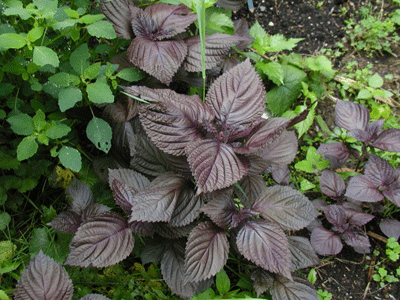
Japanese cuisine uses the leaves, flowers, fruits, and seeds of shiso (P. frutescens var. crispa) as a condiment or spice.
Manipuri Cuisine uses the grounded roasted seed in a salad locally known as 'Singju'.
Cultivation
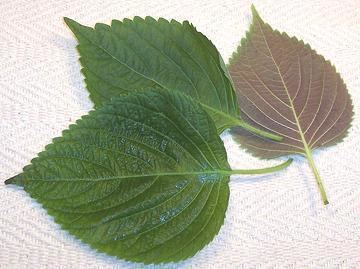
In temperate climates, the plant is self-sowing, but the seeds are not viable after long storage, and germination rates are low after a year.
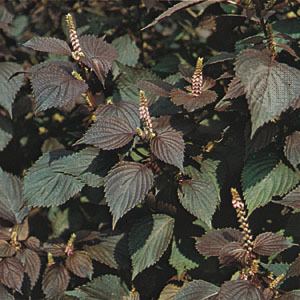
Perilla frutescens has been widely naturalized in parts of the United States and Canada, from Texas and Florida north to Connecticut and into Ontario, and west to Nebraska. It can be weedy or invasive in some of these regions.
The weedy types have often lost the characteristic shiso fragrance and are not suited for eating (cf. perilla ketone). Also, the red leaves are not ordinarily served raw.
Chemistry
The pronounced flavor and aroma of shiso derives from perillaldehyde, but this substance is lacking in the "wild sesame" and "sesame leaf" variety. Other aromatic essential oils present are limonene, caryophyllene, and farnesene.
Perilla oil is a very rich source of the essential nutritional omega-3 fatty acid alpha-linolenic acid, and its use as an edible oil is more for its medicinal benefit than its flavor.
Many forms are rich in perilla ketone, which is a potent lung toxin to some livestock, though effects on humans remains to be studied.
The artificial sweetener perillartine can be synthesized from perillaldehyde, but it is used in Japan only for sweetening tobacco, despite being 2000 times sweeter than sucrose, owing to its bitterness and aftertaste, and insolubility in water.
Nutritional value
Perilla leaves are rich in dietary fiber, dietary minerals, such as calcium, iron and potassium, and vitamins A, C and riboflavin. Perilla leaf components are under preliminary research for potential anti-inflammatory properties, and may be used to preserve foods.
